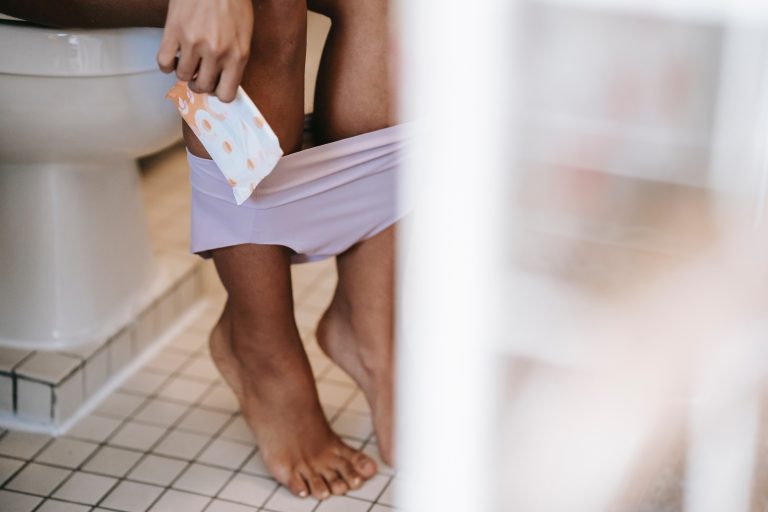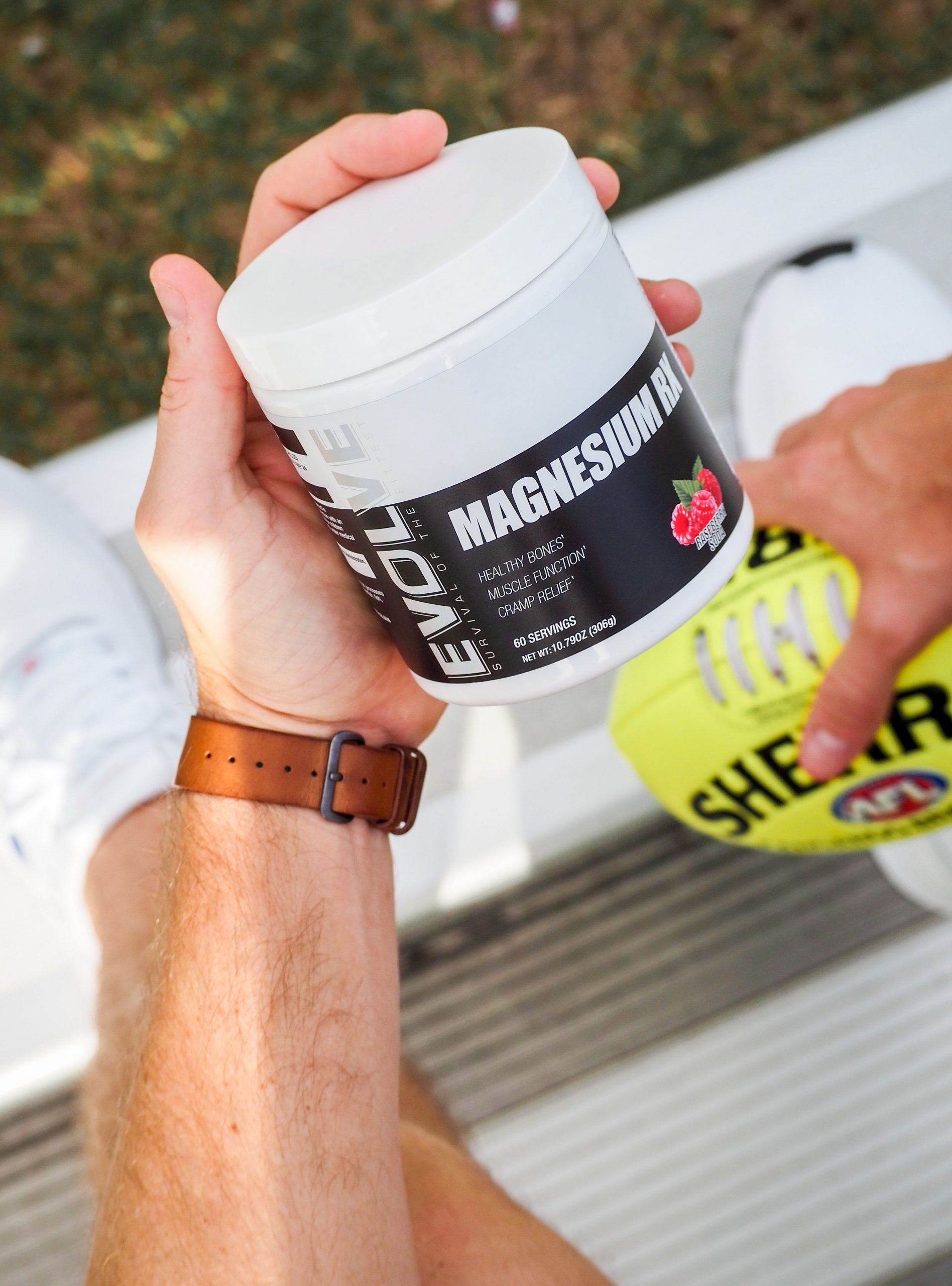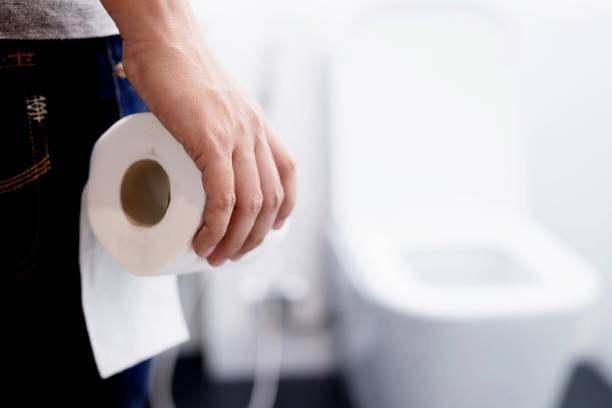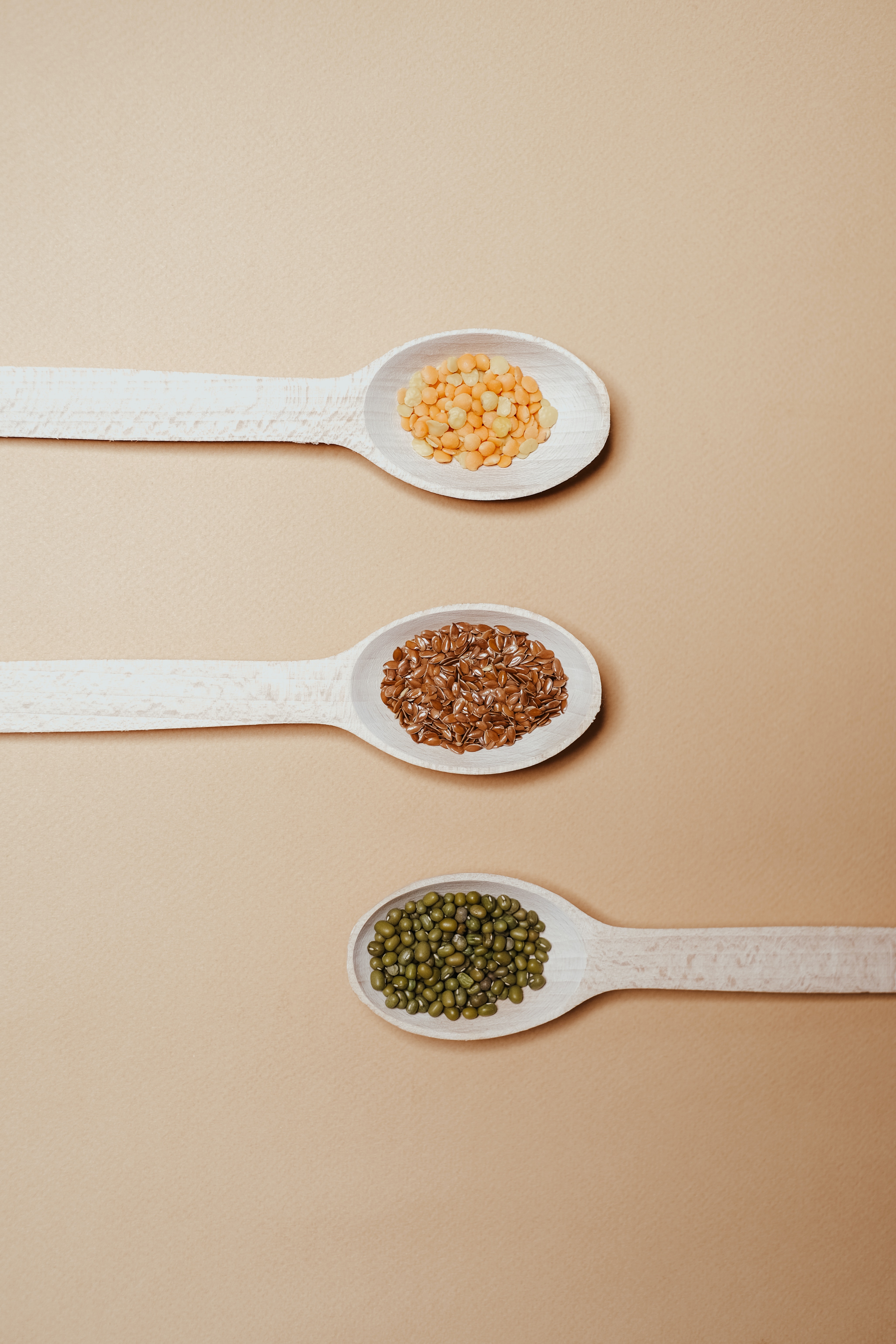Understanding your type of bladder leakage can help end leaking in both women & men!

There are many types of urinary incontinence, also known as bladder leakage, but we go into details of the 3 most common types below.
We also help you learn simple techniques to start improving your bladder leaking concerns to have a pelvic floor that is stronger and can keep you dry during exercises and all the daily thing you love doing!
What type of leaking do you have?
The most common types of bladder incontinence or leaking are :
- Stress Urinary Incontinence
- Urge Urinary Incontinence
- Mixed Urinary Incontinence
We explain the symptoms associated with each type of bladder leaking or incontinence below, so that you can understand how best to solve your urinary concerns.
Pelvic Soul Pelvic Therapy continues to be the best-rated Pelvic Floor Therapy practice in Tampa Bay, and can help you get on the right track with resolving your bladder leaking & other pelvic floor concerns. Call (813) 563-1585 to claim your complimentary consult.
Listed below are the most common types of urinary incontinence or leaking. Understanding what type of leaking you have can help you solve this issue quicker. We can help you solve these pelvic floor issues through in-person care in Tampa Bay or virtual consultations throughout the world.
1. Stress Urinary Incontinence – This type of bladder leaking happens when urine leaks out of the bladder when sudden stress (or pressure) is applied. The pressure or stress is typically transmitted to the top of the bladder from the core, and results in an uncontrolled opening of the bladder neck, leading to leakage. Stress Urinary Incontinence happens typically when someone coughs, sneezes, laughs very hard, or participates in high impact exercise (involving jumping, running, or landing hard on your feet).
This type of leaking or incontinence is usually due to pelvic floor weakness.
2. Urge Urinary Incontinence- This type of bladder leaking is associated with a person experiencing a very strong unexpected urgency to empty their bladder. The person is usually not able to get to the toilet in time to stay dry. It is also called latch key incontinence, as a lot of people experience this type of leaking just as they are trying to enter their home or walking to the toilet.
This type of leaking or incontinence is usually due to pelvic floor tightness.
3. Mixed Urinary Incontinence – This type of bladder leakage occurs when a person experiences a combination of the above 2 types of leaking. In this type of leaking, the pelvic floor is both weak and tight.
How to solve your Bladder Leaking Issues
While the above types of leaking are more common in women, men experience these issues too. Men who are very athletic (especially participating in sports that cause hip muscle tightness) can experience these types of urine leaking just as easily as more mature men who may have undergone surgeries or natural bodily changes with age.
The best way to get lasting relief from bladder leakage or any other pelvic concerns, is to work with a pelvic floor therapist to create an individualized pelvic floor treatment plan.
If you’re suffering from pelvic health concerns, you can work with our 5-star rated pelvic floor therapist by clicking here.
To get started with some basic exercises on your own, here are our recommendations.
For Pelvic Floor Muscle Tightness –
It is very helpful to take a temporary break from whatever activity (crossfit, running, weightlifting etc) or behavior pattern (prolonged sitting, high stress lifestyle) that may be causing your hip & pelvic muscles to be tight.
Adding in a daily stretching or yoga routine focusing on hip & pelvic floor opening stretches can be very helpful.
You can also use the piriformis or hip external rotator stretch shown below to help with your pelvic floor muscle tightness. For a full list of stretches for tight pelvic floor muscles, click here.
For Pelvic Floor Muscle Weakness –
Doing Kegels and hips muscles strengthening exercises like squats & weighted lunges can help to increase pelvic floor muscle strength.
Watch the video below to learn how to do kegels (for strengthening pelvic floor) and reverse kegels (for decreasing tightness of the pelvic floor).
We hope this article gave you a good background on starting to recover from your bladder leaking concerns. Let us know in the comments if you have any questions!
To stay up to date with our informative posts on pelvic health, you can subscribe to email updates by clicking here.




